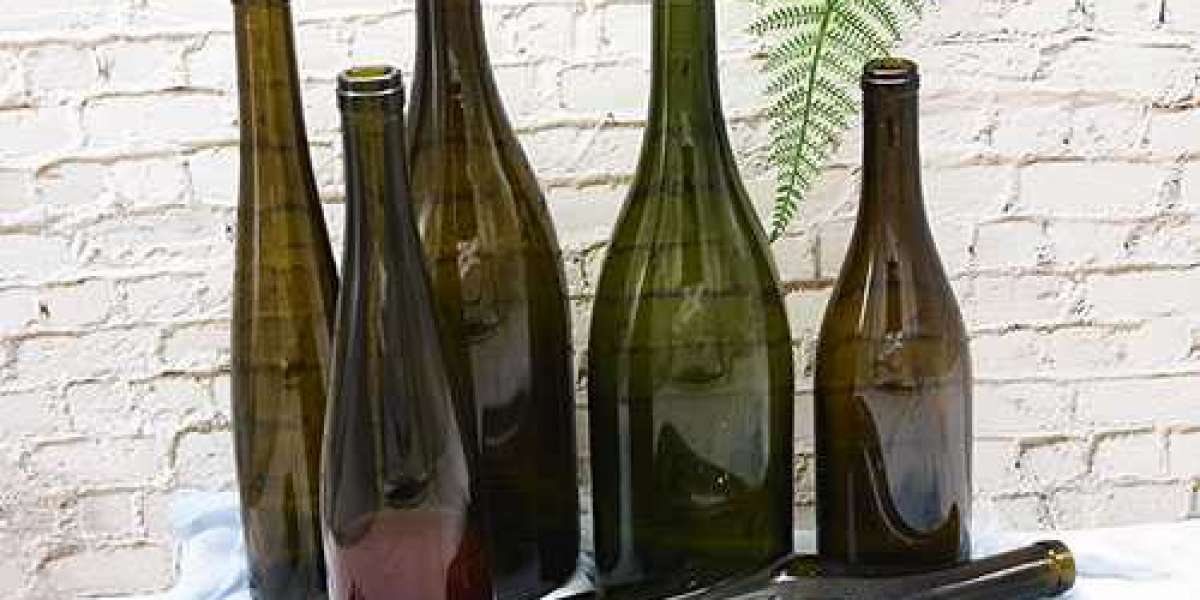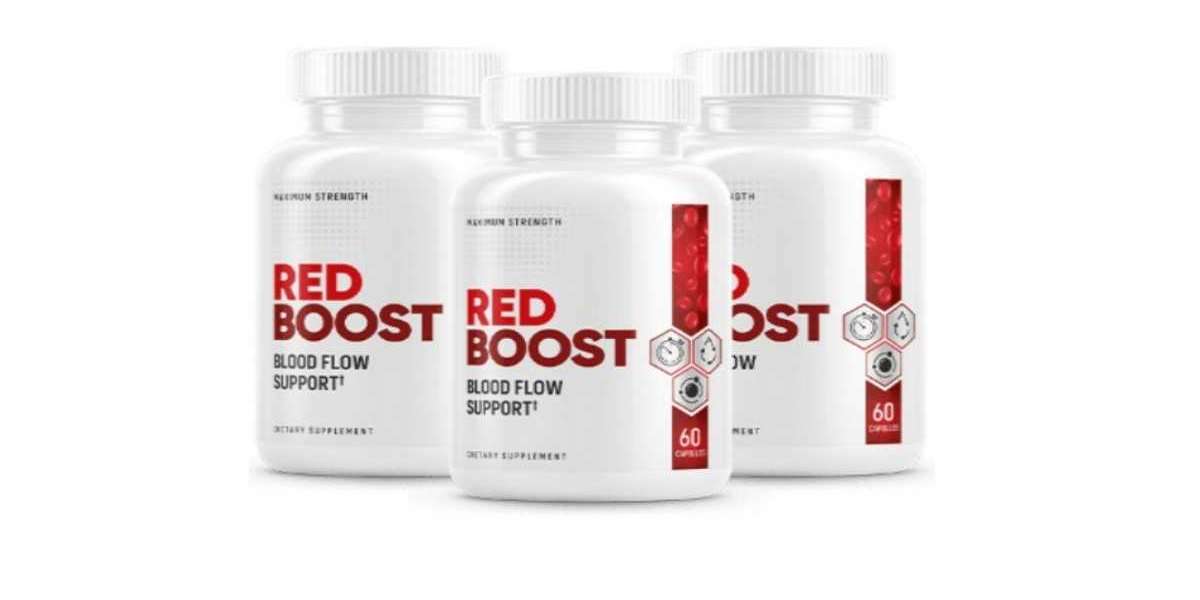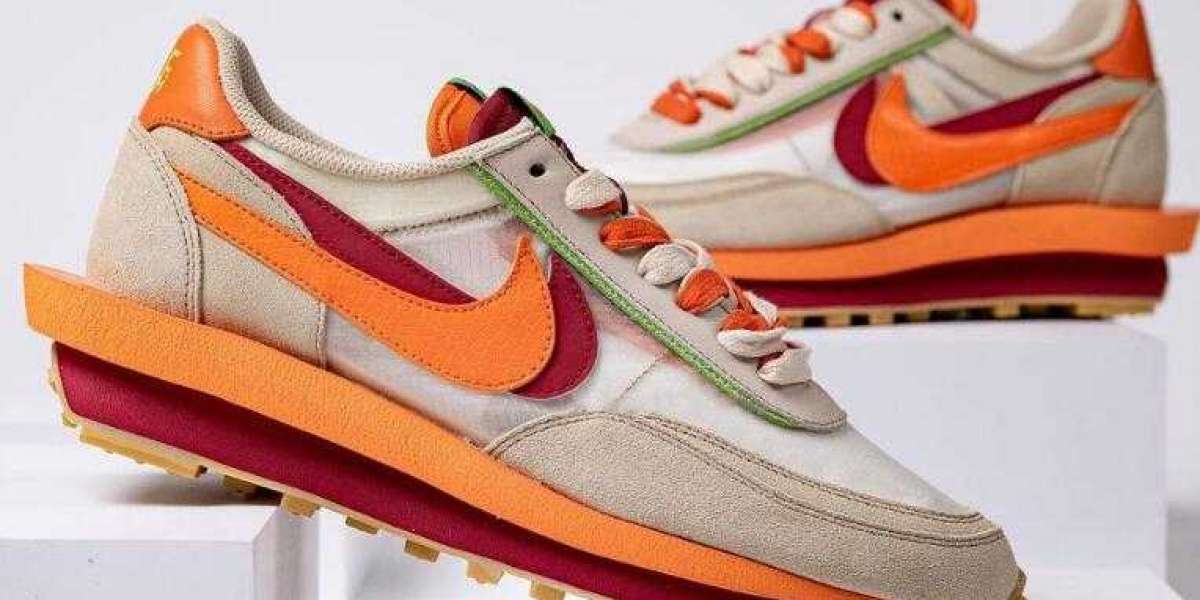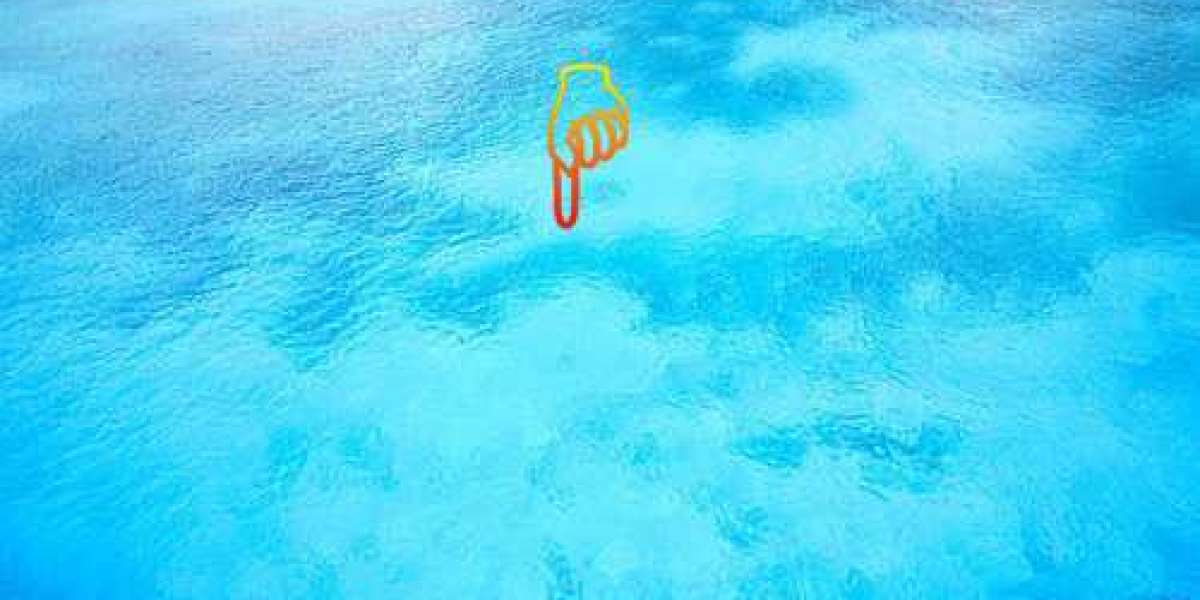Yafu Glass offers glass wine bottles in different models and sizes. Glass bottles are a very historical packaging material. They are used to package beer, liquor, wine, red wine, and other beverages.
Glass Wine Bottles Features
The glass wine bottles are highly transparent, has strong light transmission, smooth texture, strong response to environmental colors, and has obvious highlights.
Beer glass bottles are composed of small cylinders, cones and large cylinders, and the mouth of the bottle is relatively small.
The red wine glass bottle is composed of large cylinder, cone, and small cylinder, which is translucent.
History of Glass Wine Bottles
While beer has a very long history, it hasn’t been too long to put beer in a glass bottle.
Around the middle of the 19th century. Initially, people even thought that glass was green. Later, the glass manufacturing process was advanced, and these impurities could be removed, but the cost was too high. It has been found that green wine bottles can delay the staleness of beer.
At the end of the 19th century, people specially produced green glass bottles to hold beer.
In the 1930s, people stumbled across beer in brown glass bottles that didn’t taste bad after a long time. Beer exposed to sunlight can produce a stink. The use of brown or some dark glass wine bottles can absorb most of the light, which can hinder the production of odors.
Stained Glass Wine Bottles
After revealing the secret of green glass, people devoted themselves to eliminating green in glass and decolorizing glass. Colorless glass can also be made into colorful stained glass by adding various compounds.
Crystal Wine Bottles Production Process
Exquisite and beautiful crystal wine bottles not only look crystal clear, but also have better quality than ordinary glass bottles, so they are deeply loved by consumers. So how are these crystal wine glass bottles produced?
Slicing: sawing the whole piece of material at high speed to cut out the pressed embryo.
Embossing: The finished product is made with a mold, and then the raw material is heated to a temperature above 900 °C to melt, flow into the mold, and die-cast.
Rough polishing: The rough embryo extruded from the mold is directly ground into the finished product with a diamond disc.
Fine polishing: After rough polishing, use polishing powder to grind the finished product until glass bottle is crystal clear.
Punching: Before the finished crystal product is finished, punch holes according to its needs and process with drills, such as watch parts, pen holders, bottle holes, etc.
Silkscreen: The crystal surface is attached with different pigments for effective treatment.
Color plating: Using a method similar to electroplating, different colors are applied to the crystal glass surface, and the color plating is often located at the bottom.
Engraving: strong three-dimensional sense, high craftsmanship, fine workmanship, and high cost. Divided into hand-carved graphics, machine-carved text.
Sandblasting: The three-dimensional effect is weak, relatively flat, and there is no concave-convex feeling. After the machine engraves text, graphics, etc., the effect is processed.
Laser engraving: computer-aided laser equipment is used to form three-dimensional patterns in crystal objects, and the artistic effect is good.



